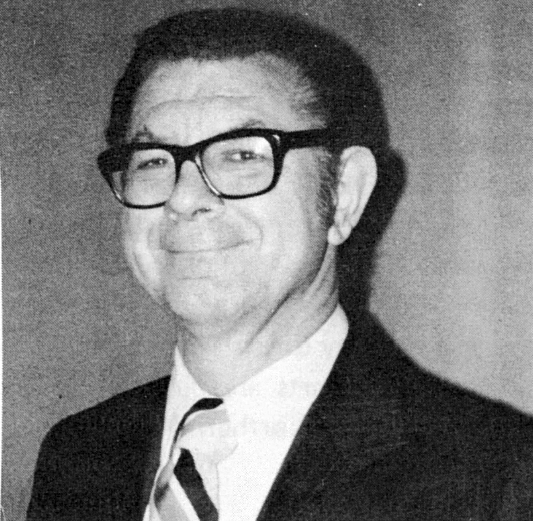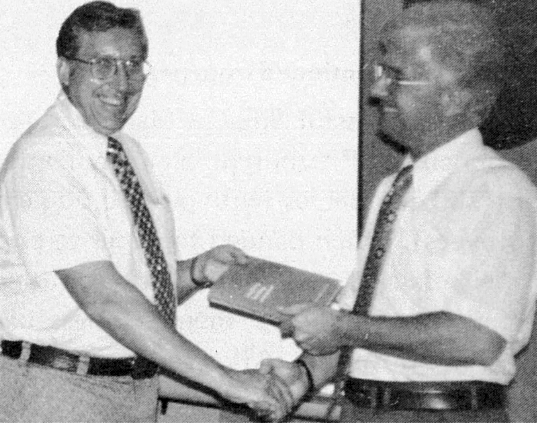

By Theodore J. Palter, President Chicago Chapter
From my experience as president of the Chicago Chapter I have evolved my own blueprint for chapter success, including the following guidelines:
Recognize that your opportunities are unlimited. Let your imaginations and emotions soar!
Become the captain of your team. Chart the course to meet your members’ needs, wants, interests, and skills.
Define your self-concept. What do you really want to be? A management resource person whose expertise is goal-oriented? An expert in planning, organizing, leading, training, implementing, evaluating? A leader whose personal relationships are honest, emphatic, positive, enthusiastic, friendly? You should commit yourself to become a model of excellence for your chapter to follow.
Know your S.A.M. team. Personally talk with each of the chapter leaders and help them achieve their goals of self-development through S.A.M. career activities that exist in a non-punitive climate for growth. Within S.A.M., they can rise to positions beyond the scope of their current experience.

Build your S. A.M. team through participative planning and training. Ask each team member to write down his or her position description and objectives. Then call a participative planning session with your officers and directors to finalize a “Chapter Operation Plan.”
Staff for maximum membership involvement. Increase the number of chapter positions by breaking down the various functions necessary to meet the goal of greater professional development of members. Every position from president to officers to chairpersons should be staffed with people concurrently performing supportive functions and training toward their career goals. The idea is to work smarter, not harder by utilizing human resources.
Develop monthly programs that respond to member needs. Surveys, meeting critiques, and individual comments all help you select what your members want and need. Generally successful are participative programs headed by resource people who have both management expertise and the capacity to rouse members into responsive action. Our 1976-1977 program theme has been “Professional Development Is Self-Development.” The September session covered “Time Management.” Co-featured with the monthly programs has been our own introduction to the “great books of management.” Case film discussions also share the spotlight in some of our programs.
Form cluster groups to satisfy special-interest needs. Cluster groups provide flexibility in developing programs that cater to current happenings and special business situations.
Tap and update your S.A.M. past successes. Start a “Past Presidents Council” to use past experience to solve today’s problems. Also invite the past presidents to future social activities.
Be responsive to feedback. Listen to both praise and criticism, adjust your course, and then drive on toward your goals. Continually evaluate your activities so that you leave doors open for improvement.
Give recognition for achievement. As an incentive for all members, present awards for the outstanding student and senior members, and also recognize the professional “Manager of the Year.” Also remember that thanks and appreciation should be liberally distributed for membership efforts.
Theodore J. Patter is director of new product planning at the Sunbeam Appliance Company in Chicago, Illinois. SAM-NI
This SAM News International article is from our historical archive, information provided is for reference and archival research about the activities and developments of the Society.
